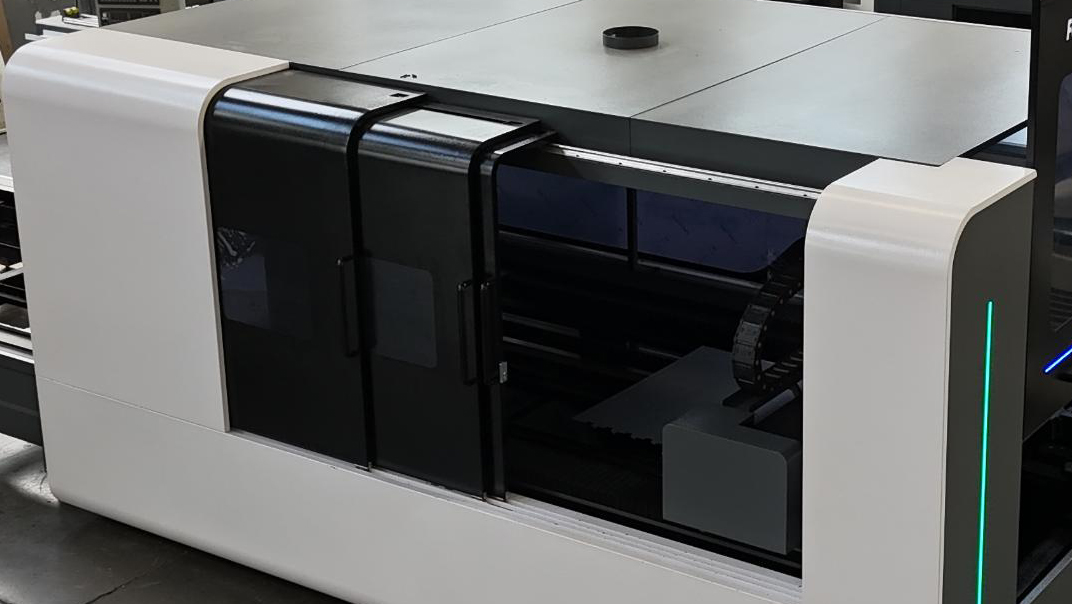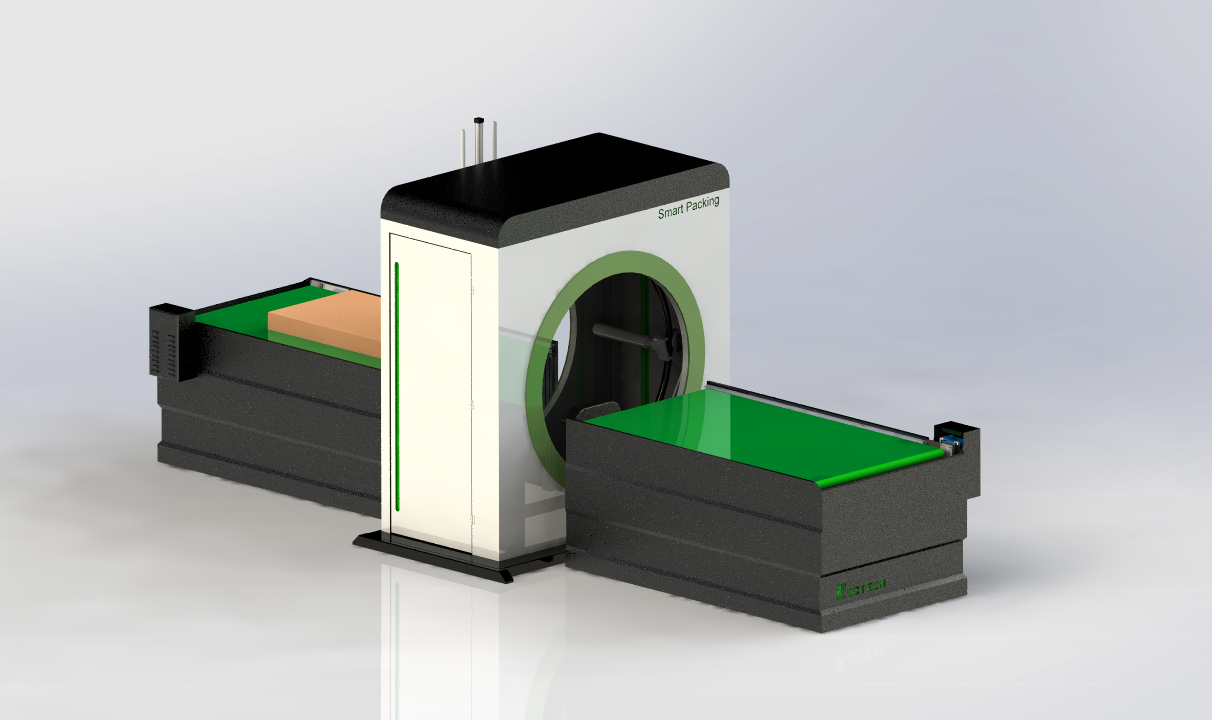Présentation
La découpe laser est une méthode de découpe précise et efficace des matériaux à l'aide d'un faisceau laser de haute puissance. Cette technologie a révolutionné diverses industries, y compris la fabrication, l'automobile, l'aérospatiale et plus encore. Le processus consiste à diriger un faisceau laser sur un matériau pour le faire fondre, brûler ou vaporiser, créant ainsi une coupe propre et précise. Cet article explore la complexité du processus de découpe laser en explorant ses principes, ses types, ses applications, ses avantages et ses limites.
Principe de découpe laser

Le principe de la découpe laser est de focaliser un faisceau laser à haute énergie sur une petite partie du matériau. La chaleur intense générée par le laser fait fondre, brûler ou vaporiser le matériau, ce qui permet une coupe précise. Le faisceau laser est généralement généré par une Cavité résonnante laser qui est ensuite focalisée sur le matériau à travers une série de miroirs et de lentilles.
Selon l'interaction entre le faisceau laser et le matériau, le processus peut être divisé en trois types principaux

1. Vaporization Cutting In this method, the laser beam heats the material to its vaporization point, causing it to turn into vapor. This method is commonly used for materials that do not melt, such as wood, certain plastics, and ceramics.
2. Melt and Blow Cutting This technique involves melting the material with the laser beam and then using a high-pressure gas (such as nitrogen or oxygen) to blow the molten material away from the cut. This method is often used for metals.
3. Thermal Stress Cracking This method is used for brittle materials like glass. The laser beam heats the material, causing it to expand and crack along the desired cutting line.
Types de machines de découpe laser
There are several types of laser cutting machines, each suited for different materials and applications. The most common types include
1. CO2 Laser Cutters These machines use a carbon dioxide gas laser and are ideal for cutting, engraving, and etching non-metallic materials such as wood, acrylic, and plastics. They are also capable of cutting thin metal sheets.
2. Fiber Laser Cutters Fiber laser cutters use a solid-state laser generated by optical fibers doped with rare-earth elements like erbium, ytterbium, or neodymium. They are highly efficient and are primarily used for cutting metals, including steel, stainless steel, and aluminum.
3. NdYAG and NdYVO4 Laser Cutters These machines use neodymium-doped yttrium aluminum garnet (NdYAG) or neodymium-doped yttrium orthovanadate (NdYVO4) crystals to generate the laser beam. They are used for cutting and engraving metals and ceramics.
The Laser Cutting Process Step-by-Step
The laser cutting process involves several steps to ensure precision and efficiency. Here is a detailed breakdown of the process
1. Design Preparation The first step in laser cutting is creating a digital design of the part to be cut. This design is typically created using computer-aided design (CAD) software. The design includes the dimensions, shapes, and any intricate details required for the final product.
2. Material Selection The appropriate material is selected based on the application and the type of laser cutter being used. Common materials include metals, plastics, wood, glass, and ceramics.
3. Machine Setup The laser cutting machine is set up according to the material and design specifications. This includes adjusting the laser power, focus, and cutting speed. The material is securely placed on the cutting bed to prevent movement during the cutting process.
4. Laser Cutting The laser beam is directed onto the material, following the path defined by the digital design. The laser melts, burns, or vaporizes the material along the cutting line, creating a precise cut. Assist gases, such as nitrogen or oxygen, may be used to blow away molten material and improve the quality of the cut.
5. Cooling and Finishing After the cutting process, the material may require cooling to prevent warping or distortion. Depending on the application, additional finishing processes such as deburring, polishing, or coating may be applied to the cut edges.
6. Quality Control The final product is inspected for accuracy and quality. Any deviations from the design specifications are corrected, and the product is prepared for its intended use.
Applications of Laser Cutting
Laser cutting is widely used across various industries due to its precision, versatility, and efficiency. Some of the key applications include
1. Manufacturing Laser cutting is used to produce complex parts and components for machinery, electronics, and consumer goods. It is particularly useful for creating intricate designs and prototypes.
2. Automotive The automotive industry relies on laser cutting for manufacturing parts such as body panels, engine components, and exhaust systems. The precision of laser cutting ensures tight tolerances and high-quality finishes.
3. Aerospace In the aerospace industry, laser cutting is used to produce lightweight and durable components for aircraft and spacecraft. The ability to cut complex shapes and thin materials is crucial for aerospace applications.
4. Medical Laser cutting is used to manufacture medical devices and instruments, such as stents, surgical tools, and implants. The precision and cleanliness of laser cutting are essential for medical applications.
5. Art and Design Artists and designers use laser cutting to create intricate patterns, sculptures, and decorative items. The ability to cut detailed designs in various materials makes laser cutting a popular choice in the creative industry.
Advantages of Laser Cutting
Laser cutting offers several advantages over traditional cutting methods, including
1. Precision Laser cutting provides extremely high precision, allowing for intricate designs and tight tolerances. The laser beam can cut with an accuracy of up to 0.1 mm.
2. Versatility Laser cutting can be used on a wide range of materials, including metals, plastics, wood, glass, and ceramics. This versatility makes it suitable for various industries and applications.
3. Speed Laser cutting is a fast process, especially for thin materials. The laser beam can cut through materials quickly, reducing production time.
4. Clean Cuts Laser cutting produces clean and smooth edges, reducing the need for additional finishing processes. The heat-affected zone is minimal, resulting in less material distortion.
5. Automation Laser cutting machines can be fully automated, allowing for continuous and consistent production. This reduces the need for manual intervention and increases efficiency.
Limitations of Laser Cutting
Despite its many advantages, laser cutting also has some limitations
1. Material Thickness Laser cutting is most effective for thin to medium-thickness materials. Cutting thick materials can be challenging and may require multiple passes or higher laser power.
2. Cost Laser cutting machines can be expensive to purchase and maintain. The cost of consumables, such as assist gases and laser tubes, can also add up.
3. Heat-Affected Zone Although the heat-affected zone is minimal, it can still cause some material distortion or warping, especially in thin or heat-sensitive materials.
4. Safety Concerns Laser cutting involves high-powered lasers, which can pose safety risks if not handled properly. Proper safety measures, such as protective eyewear and ventilation, are essential.
Conclusion
Laser cutting is a highly advanced and versatile technology that has transformed the way materials are cut and shaped. Its precision, speed, and ability to handle a wide range of materials make it an invaluable tool in various industries. While there are some limitations, the benefits of laser cutting far outweigh the drawbacks, making it a preferred choice for many applications. As technology continues to evolve, we can expect further advancements in laser cutting, leading to even greater efficiency and capabilities.
Précédent:Le Guide ultime pour acheter un équipement laser - ce que vous devez savoir avant d'acheter
Suivant :Non
Que vous ayez besoin de conseils généraux ou de soutien spécifique, nous serons heureux de vous aider.